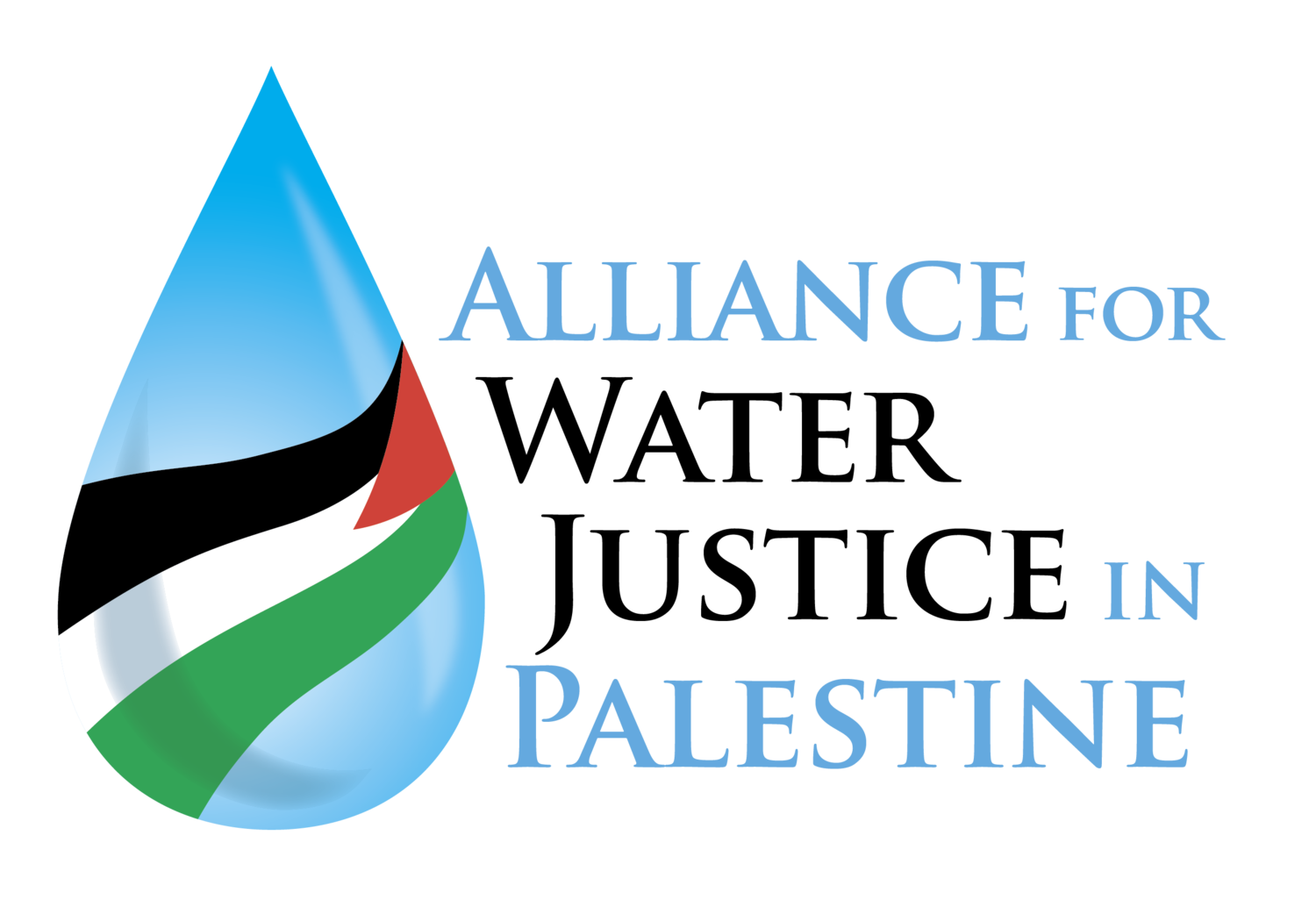July 13, 2021
Children.
Of the two million people in the Gaza Strip, nearly 50% (991,400) are children under 15 years old.
Like the adults, the children cannot access water due to the damage to wells, groundwater, desalination plants, and sewage treatment plants as a result of the Israel’s military assaults and blockade.
Even before Israel’s latest bombings, the Occupation-caused deterioration of the sanitation system, prevalence of contaminated water and sewage, and lack of clean drinking water led to a 41.5% rate of diarrhea among young children, under- and malnutrition, anemia in 59.7% of schoolchildren, gastroenteritis, kidney disease, anemia, pediatric cancer, "blue baby” syndrome, and dehydration and fever.
Today, 91% of children in the Gaza Strip additionally suffer from PTSD after the Israeli attack. Prior to the recent military assault, about 33% of children needed support as a result of trauma caused by Israeli forces.
As a result of Israel’s latest bombings—
• one or both parents of 241 children died.
• 5,400 children’s homes were completely destroyed or severely damaged.
• 42,000 children’s homes were partially damaged.
• 72,000 children were internally displaced to UNRWA schools or relatives’ homes during the Israeli attack. More than 4,000 children remain displaced today.
66 children were killed in the Israeli bombing of Gaza in 11 days. At least 470 children were injured, including injuries that will result in permanent or long-term disabilities.
Note: Despite the Israeli occupation and its restrictions on Palestinians’ freedom, the literacy rate in Palestine (97.2%) is one of the highest in the Middle East, and the illiteracy rate is one of the lowest in the world. The Gaza Strip has a higher literacy rate than the West Bank.
Sources: euromedmonitor, aljazeera, pcbs


